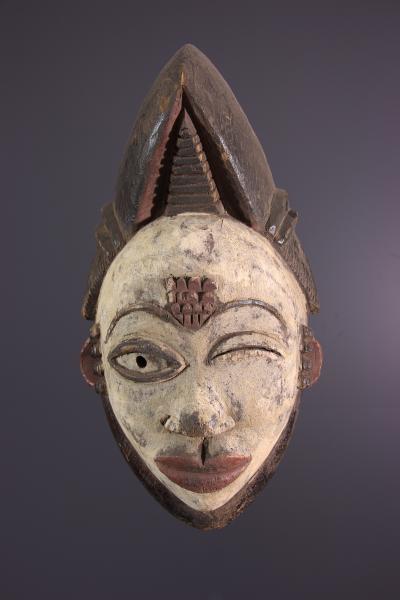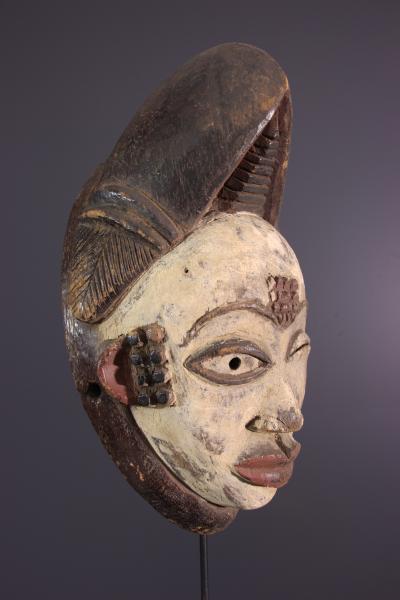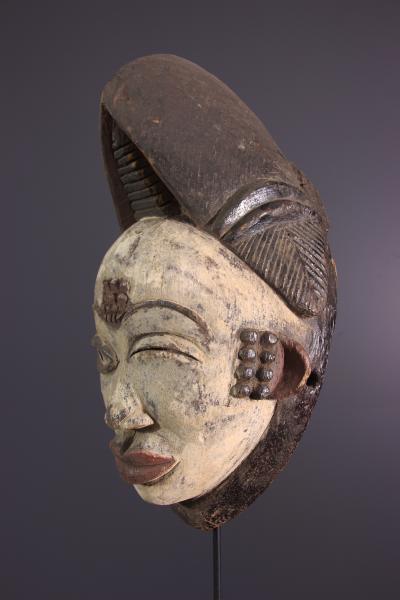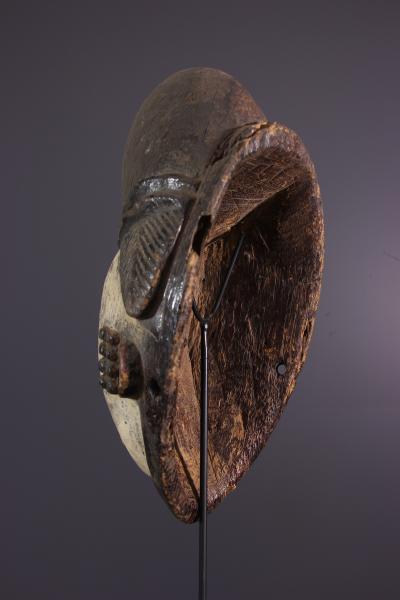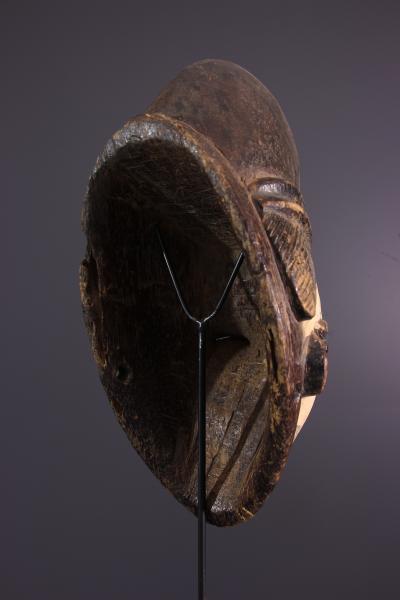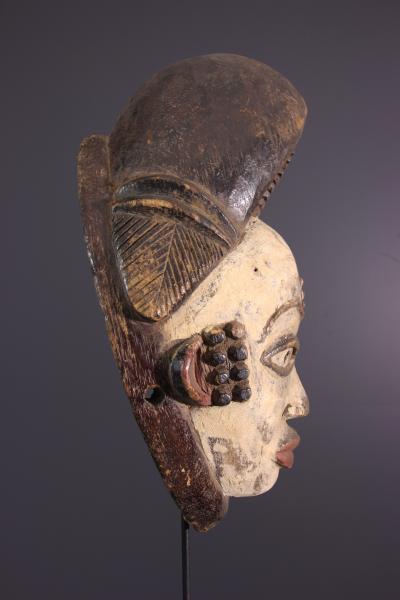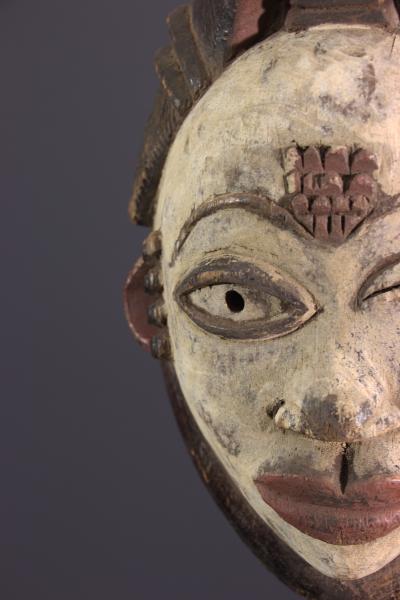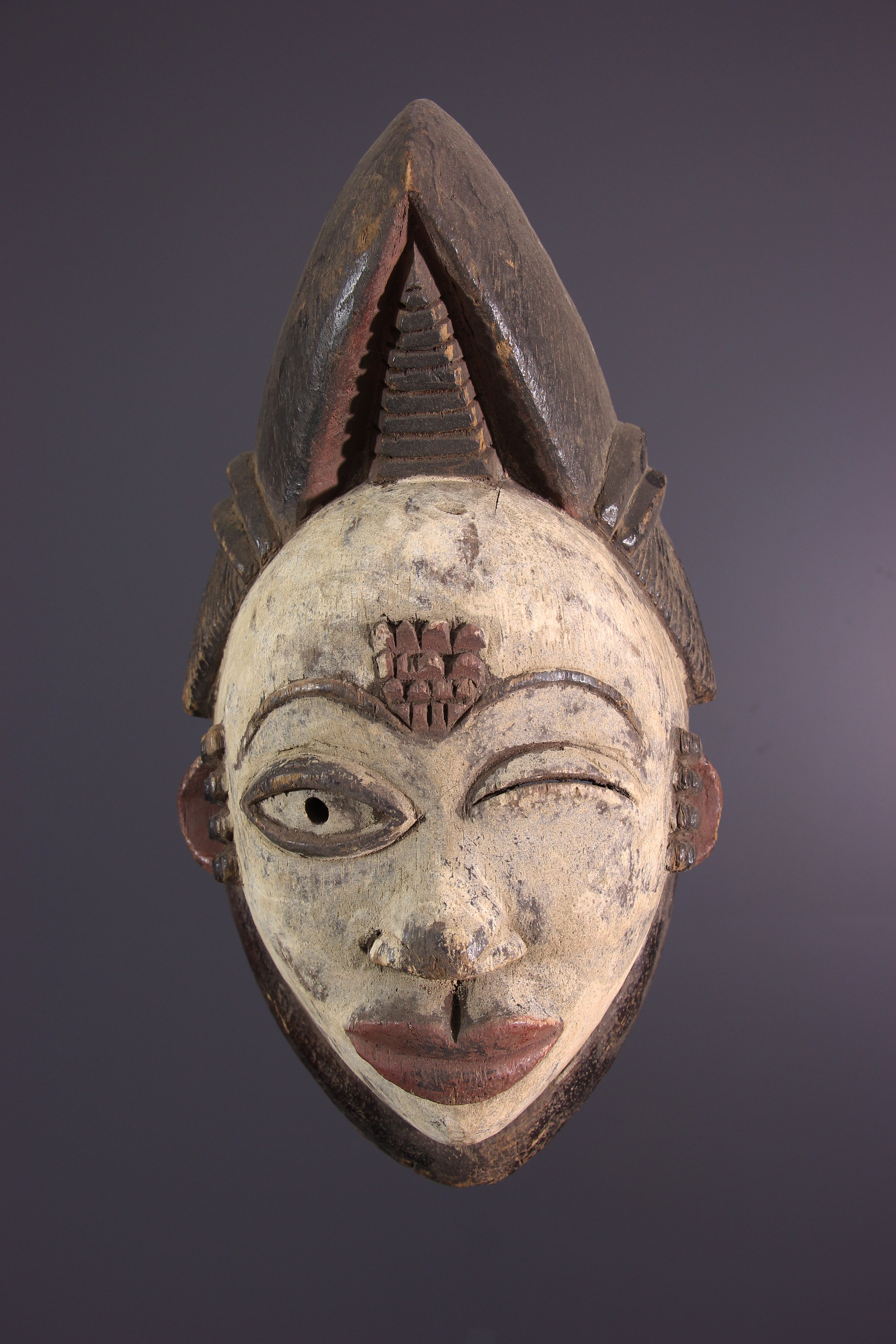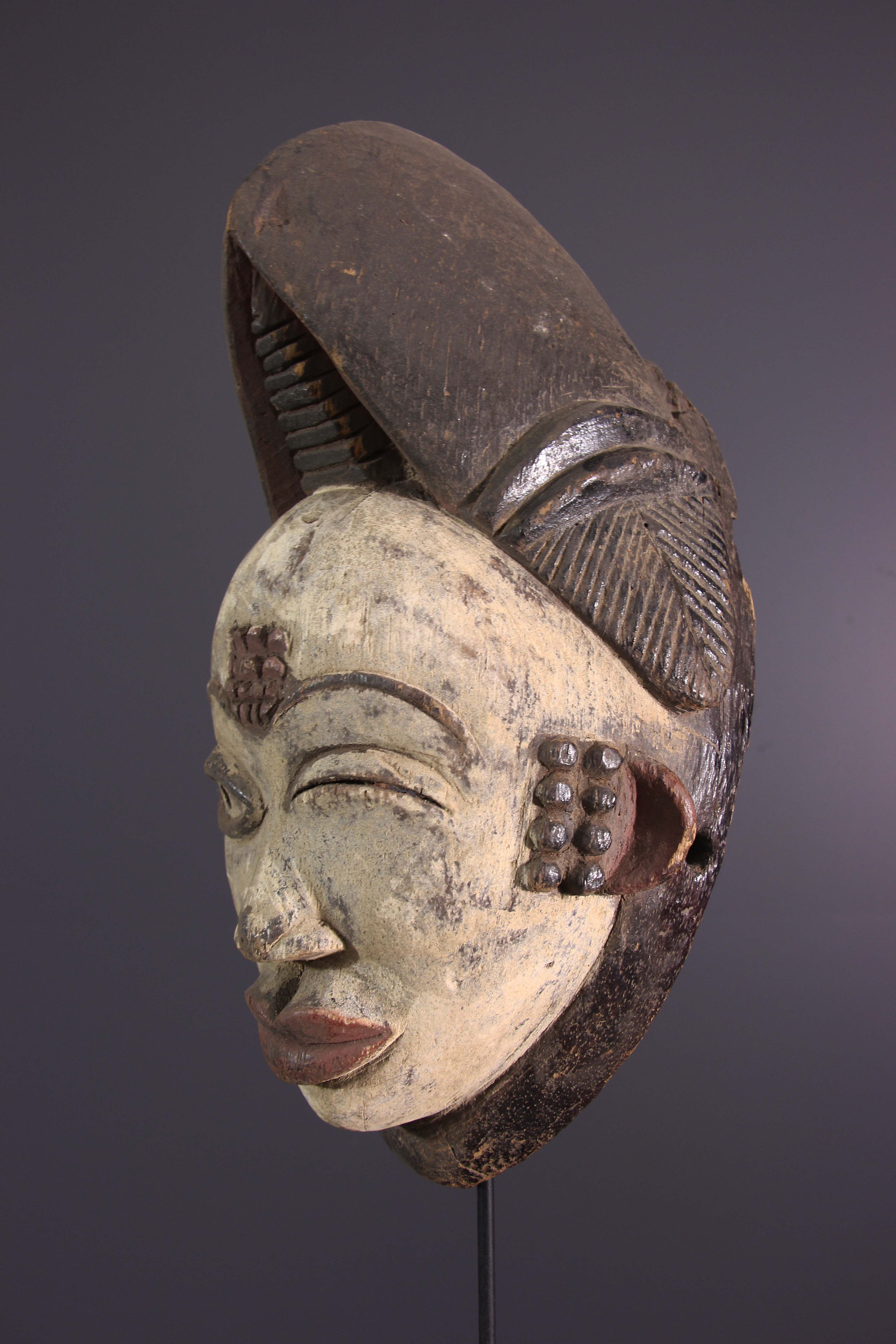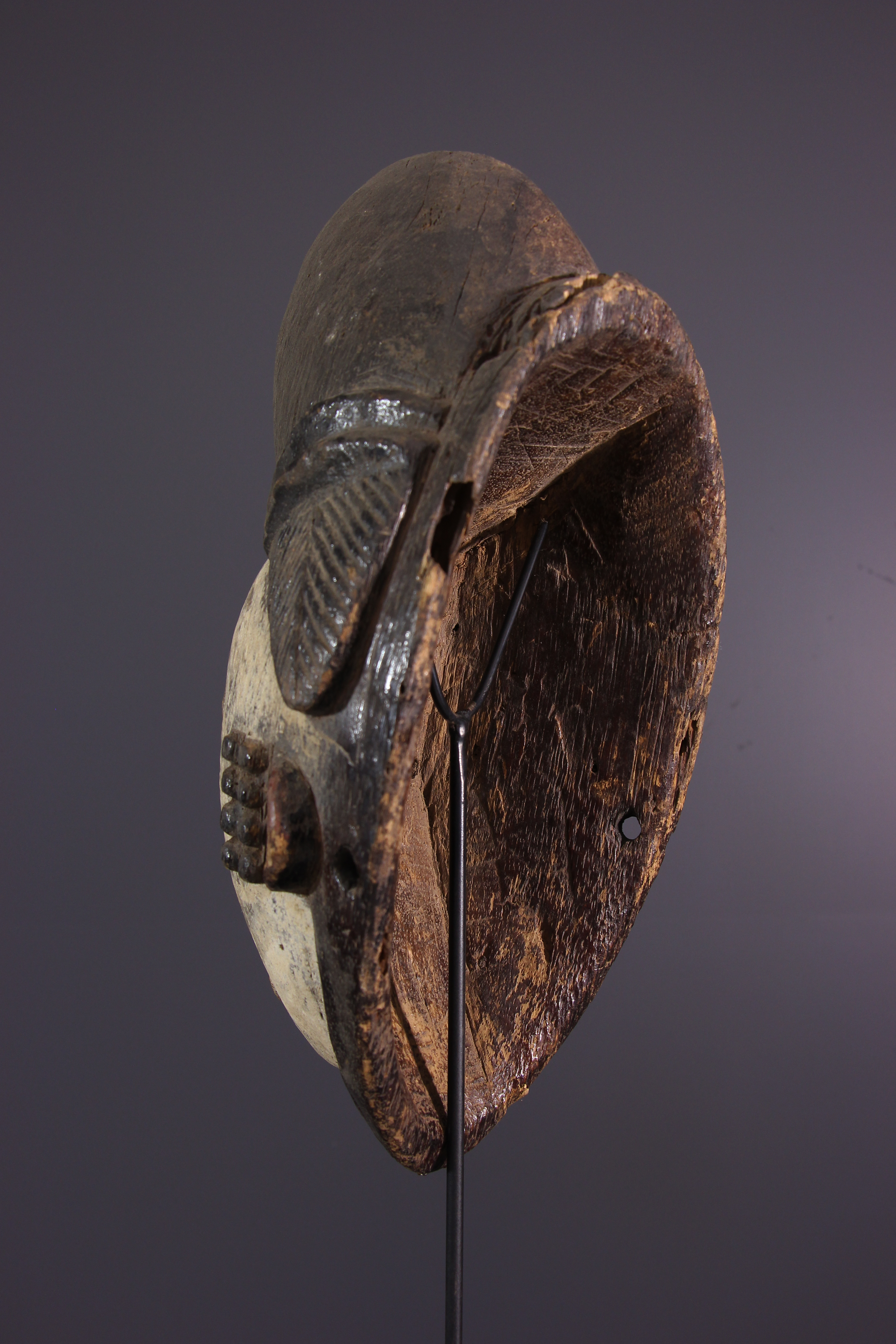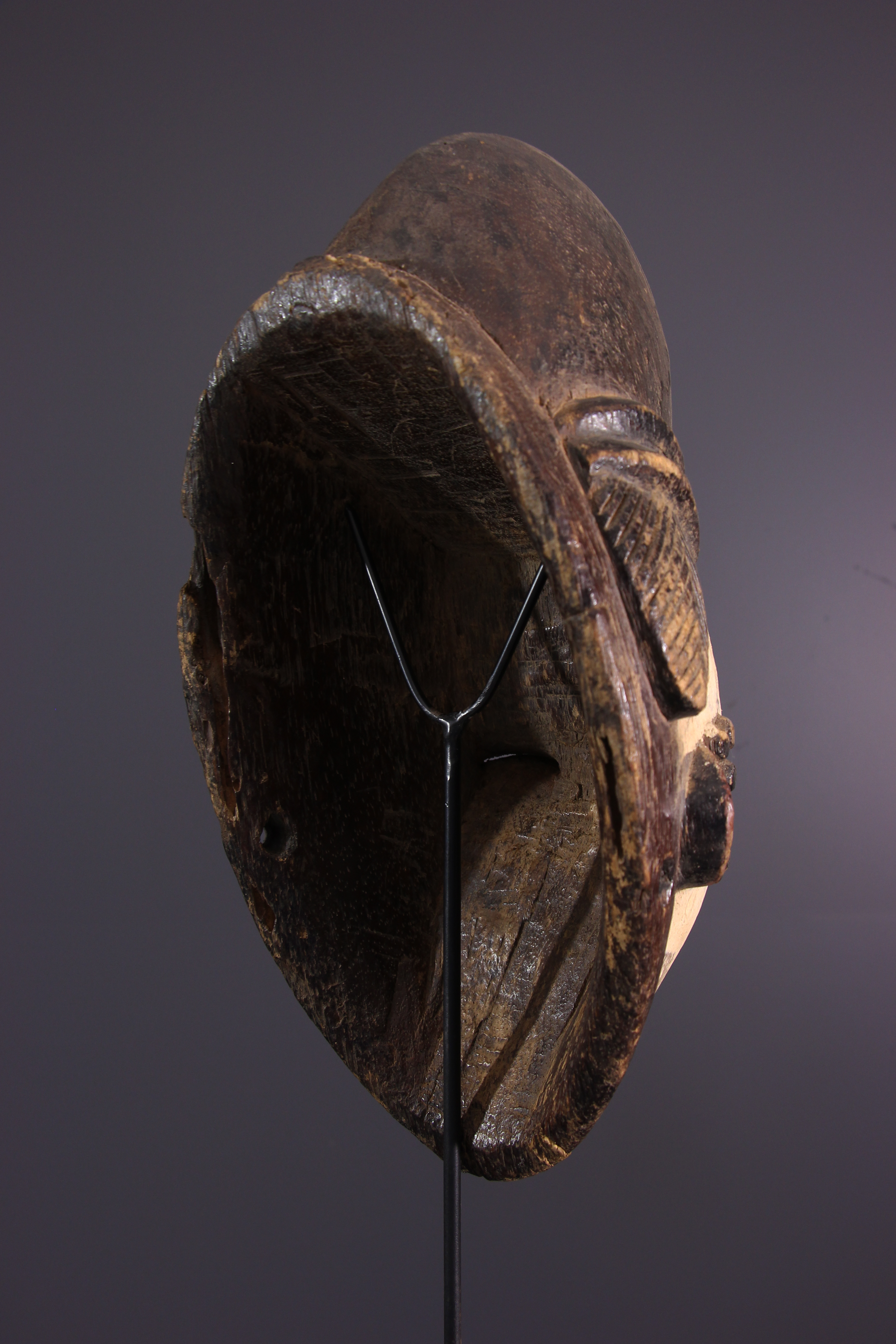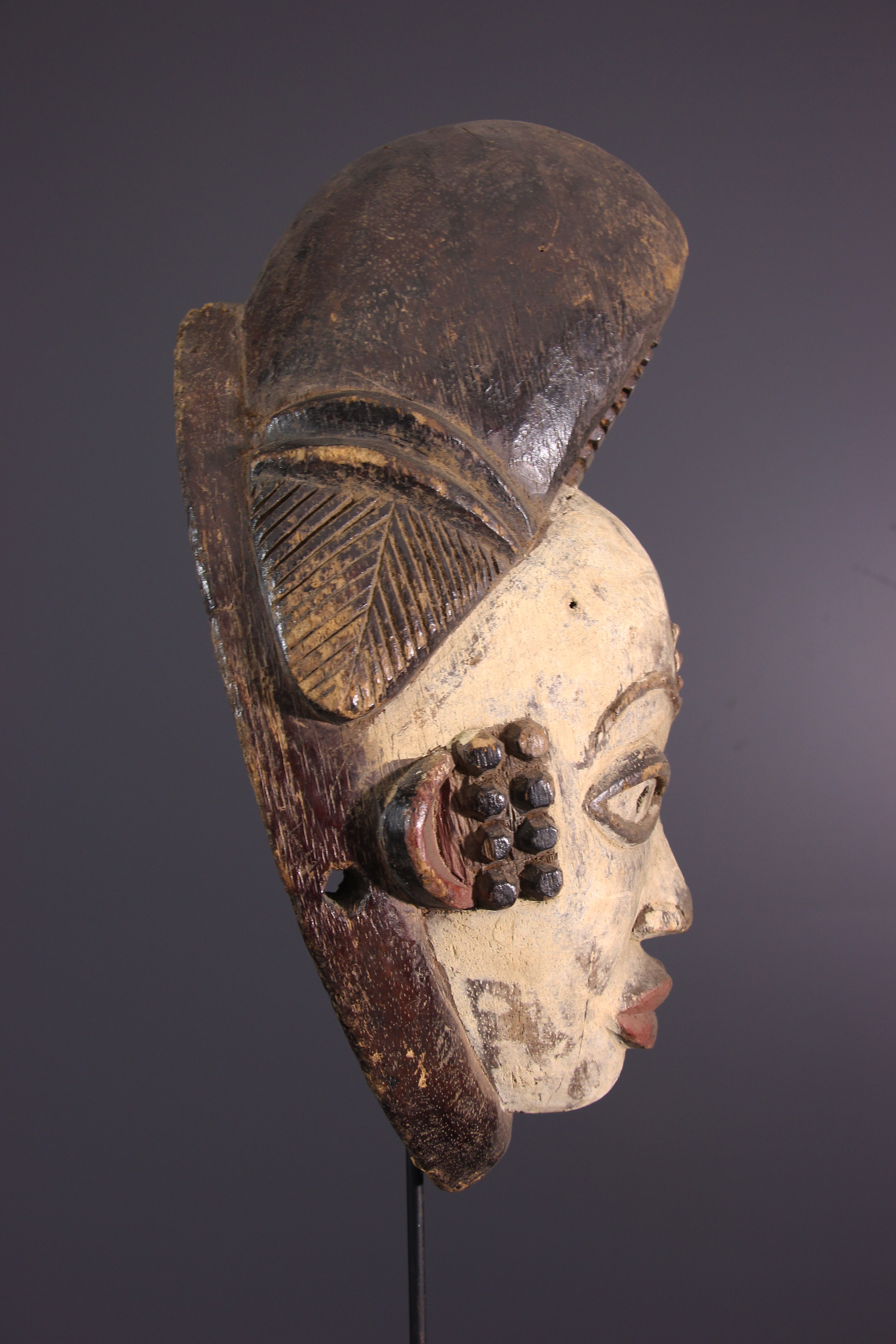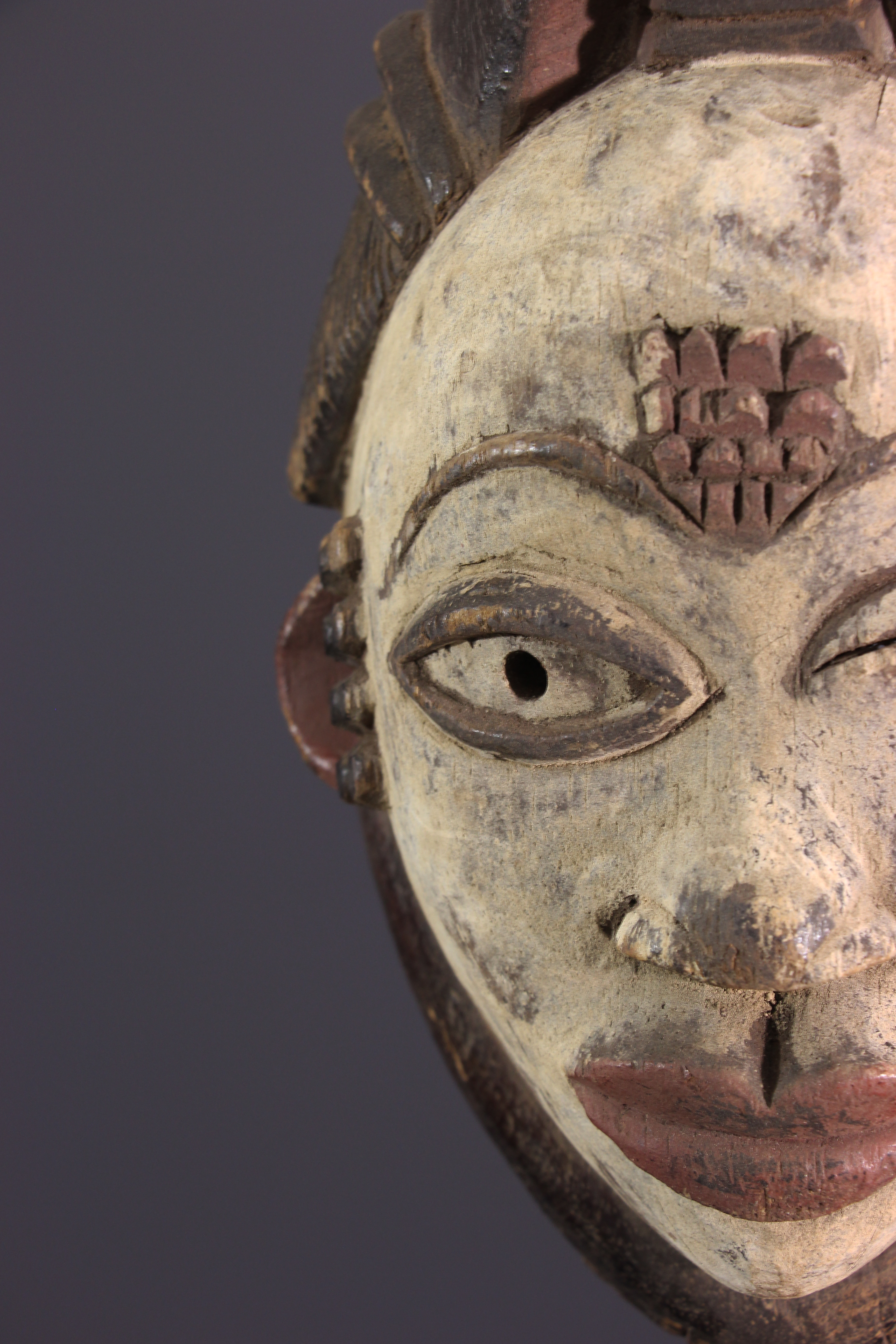Retour
Browse catalogue
-
-
- Alex Katz(1)
- Alexander Calder(18)
- André Derain(47)
- Andy Warhol(28)
- Antoni Tapiès(17)
- Arman(32)
- Aurélie Nemours(1)
- Bengt Lindström(7)
- Bernard Buffet(180)
- César(9)
- Charles Eames(1)
- Charlotte Perriand(17)
- Claude Weisbuch(25)
- Corneille van Beverloo(12)
- Eduardo Chillida(10)
- François Morellet(1)
- Georges Braque(74)
- Gustav Klimt(6)
- Hans Bellmer(14)
- Hans Hartung lithograph(19)
- Henri Matisse(140)
- Hervé Télémaque(7)
- Jacques Villeglé(5)
- Jean Cocteau(227)
- Jean Hélion(6)
- Jean Miotte(4)
- Jean Picart Le Doux(2)
- Joan Miro(114)
- Karel Appel(1)
- Keith Haring(13)
- Ladislas Kijno(3)
- Léonard Tsugouharu Foujita(45)
- Leonor Fini(104)
- Louis Toffoli(7)
- Marc Chagall(310)
- Marie Laurencin(25)
- Maurice de Vlaminck(78)
- Maurice Utrillo(11)
- Max Ernst(32)
- Mimmo Rotella(4)
- Niki de Saint Phalle(4)
- Pablo Picasso(385)
- Peter Klasen(7)
- Philippe Pasqua(3)
- Pierre Alechinsky(33)
- Pierre Soulages lithographs(35)
- Pierre Tal-Coat(5)
- Pierre-Yves Trémois(25)
- Raoul Dufy(45)
- Robert Combas(6)
- Salvador Dali(390)
- Théo Tobiasse(5)
- Tony Soulié(2)
- Valério Adami(32)
- Yves Brayer(40)
- Zao Wou-Ki(11)
Top artists -
-
Retour
Browse catalogue
-
-
- Alex Katz(1)
- Alexander Calder(18)
- André Derain(47)
- Andy Warhol(28)
- Antoni Tapiès(17)
- Arman(32)
- Aurélie Nemours(1)
- Bengt Lindström(7)
- Bernard Buffet(180)
- César(9)
- Charles Eames(1)
- Charlotte Perriand(17)
- Claude Weisbuch(25)
- Corneille van Beverloo(12)
- Eduardo Chillida(10)
- François Morellet(1)
- Georges Braque(74)
- Gustav Klimt(6)
- Hans Bellmer(14)
- Hans Hartung lithograph(19)
- Henri Matisse(140)
- Hervé Télémaque(7)
- Jacques Villeglé(5)
- Jean Cocteau(227)
- Jean Hélion(6)
- Jean Miotte(4)
- Jean Picart Le Doux(2)
- Joan Miro(114)
- Karel Appel(1)
- Keith Haring(13)
- Ladislas Kijno(3)
- Léonard Tsugouharu Foujita(45)
- Leonor Fini(104)
- Louis Toffoli(7)
- Marc Chagall(310)
- Marie Laurencin(25)
- Maurice de Vlaminck(78)
- Maurice Utrillo(11)
- Max Ernst(32)
- Mimmo Rotella(4)
- Niki de Saint Phalle(4)
- Pablo Picasso(385)
- Peter Klasen(7)
- Philippe Pasqua(3)
- Pierre Alechinsky(33)
- Pierre Soulages lithographs(35)
- Pierre Tal-Coat(5)
- Pierre-Yves Trémois(25)
- Raoul Dufy(45)
- Robert Combas(6)
- Salvador Dali(390)
- Théo Tobiasse(5)
- Tony Soulié(2)
- Valério Adami(32)
- Yves Brayer(40)
- Zao Wou-Ki(11)
Top artists -
-
Create My Account
Gambia - Punu Mask
Gambia
Punu Mask
Accompanied by its certificate of authenticity
2nd half 20th century
25 x 38 cm / 0.700 kg
Wood
Optional pedestal (contact us)
A refined example with balanced, gently rounded volumes, this African mask illustrates one of the many variants of the headdresses that accompany Gambia's white masks, Itengi, (pl, Bitengi). In primitive art, this tribal Gambian mask was associated with the various secret societies of Gambia, including the Bwiti, Bwete, and the Mwiri ("directing"), the latter spreading to several levels of initiation, to which belonged all Punu men, whose emblem was the caiman. The Punu did not involve any mask in the rituals of the Bwiti, unlike the Tsogo. These powerful secret societies, which also had a judicial function, included several dances, including the leopard dance, the Esomba, the Mukuyi, and the Okuyi dance, on stilts, remaining the most widespread. This kaolin-bleached face mask, evocative of a deceased woman, was exhibited during the dance named Okuyi. Classically capped with shells on which streaks represent the braids, the checkered scarifications mabinda, often tinged with red ocher, present on the forehead and temples, are here tinged with red ocher and black. These keloid marks are associated, according to some authors, with the nine clans that founded the Kongo kingdom.
Punu Mask
Accompanied by its certificate of authenticity
2nd half 20th century
25 x 38 cm / 0.700 kg
Wood
Optional pedestal (contact us)
A refined example with balanced, gently rounded volumes, this African mask illustrates one of the many variants of the headdresses that accompany Gambia's white masks, Itengi, (pl, Bitengi). In primitive art, this tribal Gambian mask was associated with the various secret societies of Gambia, including the Bwiti, Bwete, and the Mwiri ("directing"), the latter spreading to several levels of initiation, to which belonged all Punu men, whose emblem was the caiman. The Punu did not involve any mask in the rituals of the Bwiti, unlike the Tsogo. These powerful secret societies, which also had a judicial function, included several dances, including the leopard dance, the Esomba, the Mukuyi, and the Okuyi dance, on stilts, remaining the most widespread. This kaolin-bleached face mask, evocative of a deceased woman, was exhibited during the dance named Okuyi. Classically capped with shells on which streaks represent the braids, the checkered scarifications mabinda, often tinged with red ocher, present on the forehead and temples, are here tinged with red ocher and black. These keloid marks are associated, according to some authors, with the nine clans that founded the Kongo kingdom.
Sold
This item is not available. Please click on « View the catalog » to see similar items available.
Hotline
Please contact us for any question regarding this object. For any other inquiry, we invite you to fill the contact form.
Other items from the category « Punu »
This should also please you
Ask a question
